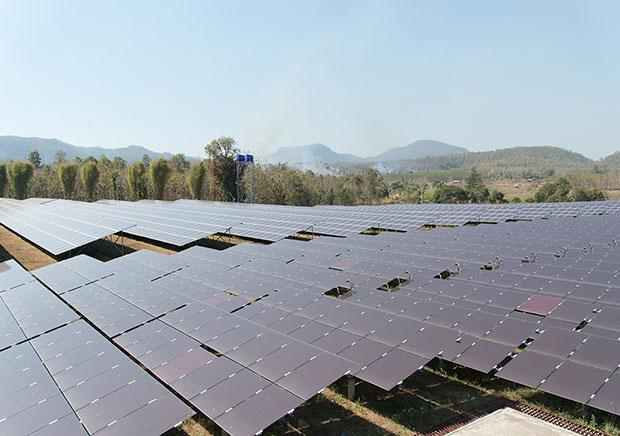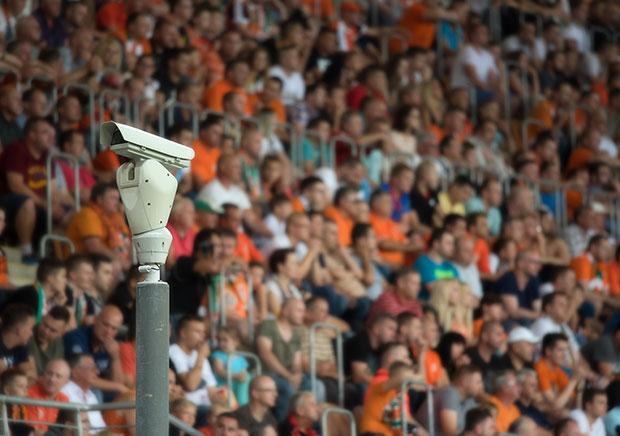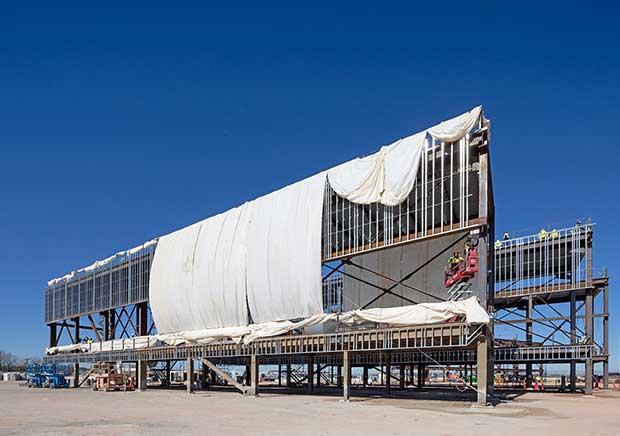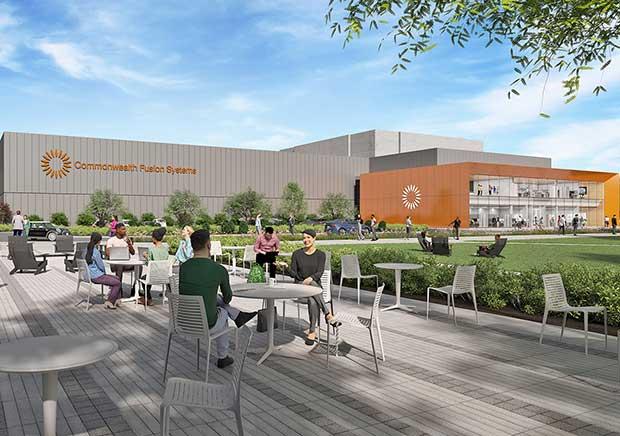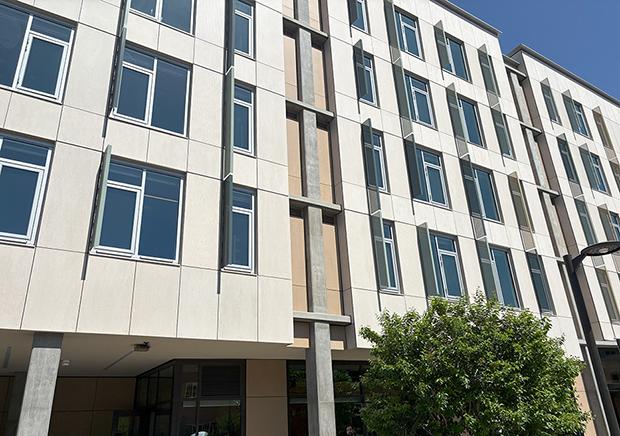News & Resources
Featured
Thornton Tomasetti Benchmarks NVIDIA’s New Blackwell GPU Using CORE.MatrixOctober 14, 2025
The collaboration underscores Thornton Tomasetti’s commitment to advancing computational design and the work of CORE Studio in driving innovation across AEC technology.
Explore our News & Resources
Thornton Tomasetti Benchmarks NVIDIA’s New Blackwell GPU Using CORE.Matrix
October 14, 2025
The collaboration underscores Thornton Tomasetti’s commitment to advancing computational design and the work of CORE Studio in driving innovation across AEC technology.
How Microgrids Boost Energy Resilience and Cut Facility Costs
October 10, 2025
Learn how microgrids improve resilience, reduce operational costs, and enhance energy independence for facilities facing grid disruptions.
Martyn’s Law 2025: U.K. Venue Security & Compliance for the Built Environment
October 05, 2025
The Terrorism (Protection of Premises) Act 2025, better known as Martyn’s Law, introduces a new legal duty for U.K. venues and publicly accessible locations. For those operating in the built environment from sports and public assembly venues to cultural and community institutions, retail destinations and transport hubs, the implications are wide-ranging.
Phase Two of the Concourse D Widening Project at Atlanta International Airport Opens
September 19, 2025
The expanded concourse will increase capacity and greatly improve the passenger experience.
ENR: Sparc Nears Completion
September 18, 2025
The Commonwealth Fusion Systems, SPARC facility - which will house a high-field tokamak machine capable of generating carbon-free fusion power for commercial use - is nearing completion in Massachusetts.
Ribbon Cutting Held for Oso Tower at UC Irvine’s Mesa Court
September 17, 2025
The new residence hall adds 424 beds and vibrant community spaces designed to foster well-being, connection and sustainability.
Super Bowl LIX Halftime Show Rigging
September 04, 2025
The Super Bowl halftime show is one of the most notable performances of the year, but it's more than just a performance – it’s an unforgettable spectacle that combines music, choreography and cutting-edge technology.
Navigating Commercial Property Insurance Before a Hurricane
September 03, 2025
Secure your commercial property with our guide to hurricane insurance. Learn about essential coverage types, risk scenarios from major carriers and how to file a claim effectively.



